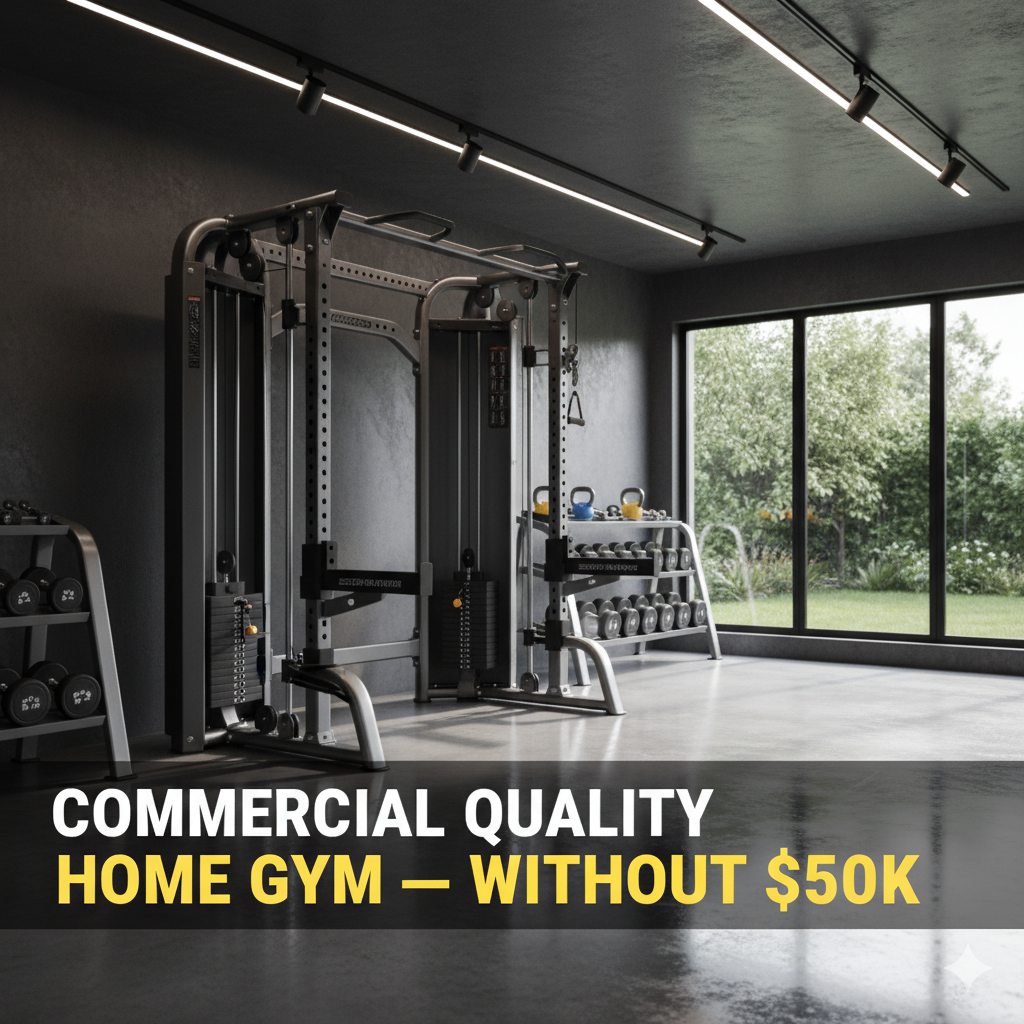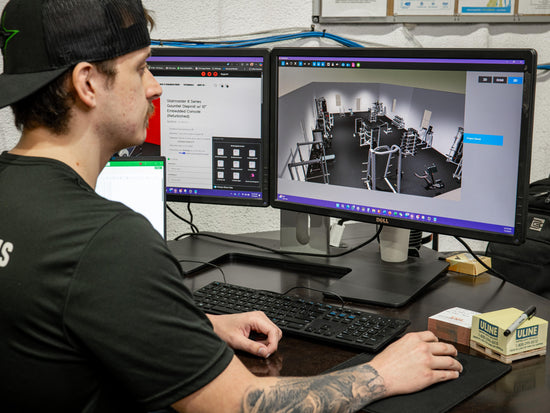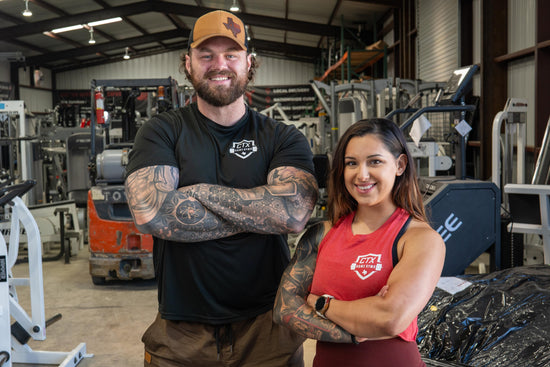
How Do I Build a Home Gym That Matches Commercial Quality Without Spending $50,000?
Share
How to Build a Commercial-Quality Home Gym Without Spending $50,000
Commercial gyms invest hundreds of thousands of dollars into equipment built to last through heavy daily use. For serious lifters and fitness enthusiasts, the dream is to bring that same commercial quality into a home setup. But when you start pricing equipment, it’s easy to see costs ballooning toward $50,000 or more.
Here’s the good news: you don’t need to spend anywhere near that amount. With the right approach, you can design a home gym that feels like a professional training facility at a fraction of the price.
Why Commercial Quality Matters
If you’re used to training in a commercial gym, it’s hard to go back to flimsy, consumer-grade machines. The difference is clear:
- Durability: Built for years of heavy, daily use.
- Safety: High-quality welds, frames, and safety systems.
- Performance: Smooth mechanics and consistent resistance.
- Resale value: Commercial-grade equipment holds value if you decide to upgrade.
That’s why investing in the right gear up front saves money and frustration over time.
| Attribute | Commercial Grade | Consumer Grade |
|---|---|---|
| Expected Lifespan (heavy use) | 8–12+ years | 1–3 years |
| Load Capacity | High (e.g., 1000 lb rack ratings) | Moderate to low |
| Serviceability | Parts available; built to be maintained | Limited; often replaced rather than repaired |
| Training Feel | Smooth pulleys, stable frames | Inconsistent resistance; wobble under load |
Why Most People Overspend on Home Gyms
Home gym projects often run over budget because people:
- Buy everything new directly from manufacturers.
- Add too many single-use machines instead of multi-function systems.
- Skip planning and end up with duplicate or unnecessary pieces.
- Forget about hidden costs like delivery, flooring, and storage.
A smarter strategy starts with focusing on function, durability, and versatility.
Illustrative allocation. Real budgets vary by market and brand choices.
Smart Strategies to Build Commercial Quality on a Budget
1. Focus on All-in-One Systems
Multi-function setups like all-in-one racks with integrated cables can replace several machines. Instead of buying a separate rack, cable tower, and pull-up station, one system can cover all three.
2. Buy Refurbished Commercial Equipment
Refurbished treadmills, ellipticals, and selectorized machines are a fraction of the cost of new. When sourced from a reputable supplier, you get similar durability and performance at 40–70% lower price points.
3. Prioritize Versatility
An adjustable bench, dumbbell set, and pulley system give you hundreds of training variations without cluttering your space.
4. Consider Financing Options
Instead of dropping $20,000–$50,000 at once, spread costs over time with flexible financing. This lets you access the right equipment up front without straining cash flow.
5. Start with Essentials, Add Later
You don’t need everything day one. Begin with your core system (rack, cables, bench, weights) and add specialty machines like a leg press or row once your budget allows.
| Category | Examples | Why It Matters |
|---|---|---|
| Essentials | All-in-one rack with cables, adjustable bench, barbell and plates, dumbbells, flooring | Covers push, pull, squat, hinge, carry with minimal space and high durability |
| Nice-to-Haves | Specialty machines (leg press, pec deck), extra bars, second cardio unit | Add later as budget and goals evolve |
Example Budget-Friendly Layout
Here’s how you can create a commercial-quality setup for under $15,000:
- All-in-one rack/cable system: ~$5,000–$6,000
- Refurbished treadmill or elliptical: $1,500–$2,500
- Adjustable bench + dumbbells: $1,500–$2,000
- Flooring, storage, accessories: $1,500–$2,000
- Optional specialty machine: $3,000–$4,000
That’s less than one-third of a “traditional” $50,000 setup. With financing, it can be spread into manageable monthly payments.
Illustrative costs. Pricing varies by brand, condition, and market.
Adding Extra Value: Design and Planning
One of the most overlooked parts of building a home gym is layout design. Mapping out space for movement, accessory storage, and safety zones makes your gym more functional and enjoyable. Some companies (including CTX Home Gyms) offer free custom gym design consultations that help you avoid costly mistakes and optimize every square foot.
FAQs
Q: Can refurbished equipment really last as long as new?
A: Yes. When sourced from trusted suppliers, refurbished commercial machines often last as long as new models.
Q: What’s the minimum footprint I need for a professional-quality home gym?
A: Most core setups fit in as little as 100–150 square feet with thoughtful planning.
Q: Should I buy cardio machines or focus on strength?
A: Start with strength (rack, cables, bench, dumbbells). Add cardio once space and budget allow, or use outdoor options until then.
Conclusion
A commercial-quality home gym doesn’t have to cost $50,000. By focusing on all-in-one systems, refurbished equipment, versatile essentials, and smart financing, you can achieve the same level of durability and performance at a fraction of the price.
And if you want help mapping it all out, companies like CTX Home Gyms provide free design consultations and access to refurbished commercial gear, which makes it easier than ever to build a professional-grade gym at home without overspending.
Ready to explore your options? Get a free home gym design consultation and build a setup that matches your goals and budget.


